
In the world of skincare, terms like “hydration” and “moisturization” are often used interchangeably, leading to confusion about their distinct roles in maintaining healthy skin. Understanding the difference between these two essential skincare concepts is crucial for developing an effective routine that addresses your skin’s unique needs. In this blog, we’ll explore what hydration and moisturization mean, their importance, and how to incorporate both into your daily regimen for optimal skin health
- What is Hydration?
Hydration refers to the water content within your skin cells. When your skin is well-hydrated, it appears plump, smooth, and radiant. Hydration primarily involves replenishing water levels within the skin, which helps maintain its elasticity and overall appearance.
- How Hydration Works:
Hydrating products typically contain humectants, which are ingredients that attract water from the environment and deeper layers of the skin. Common humectants include:

Hyaluronic Acid: Known for its incredible ability to hold up to 1,000 times its weight in water, making it a powerhouse hydrator
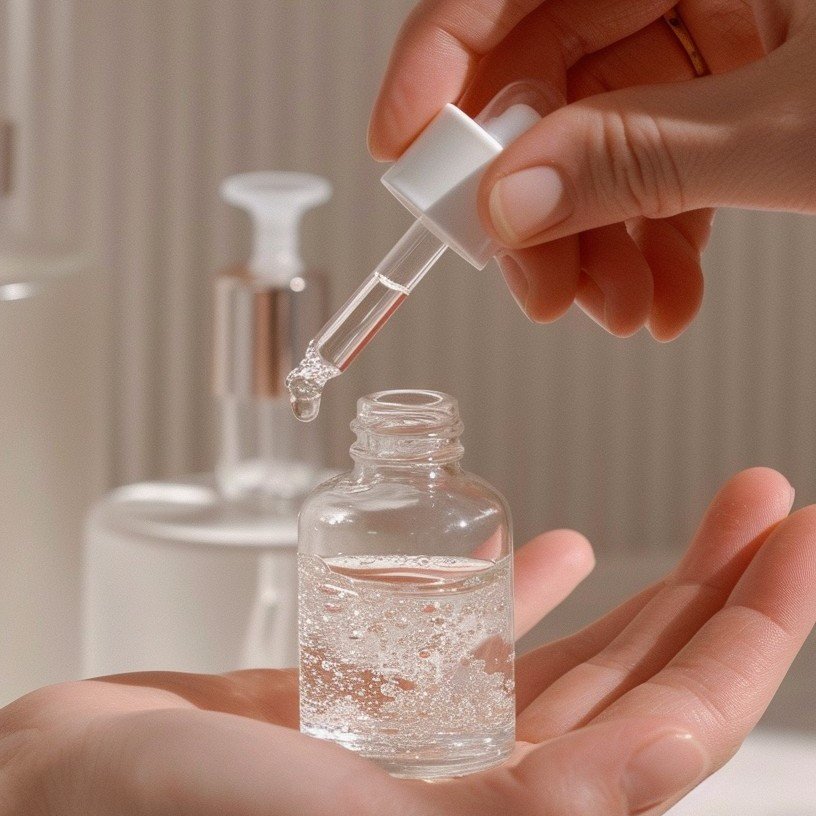
Glycerin: A natural compound that draws moisture into the skin and helps retain it
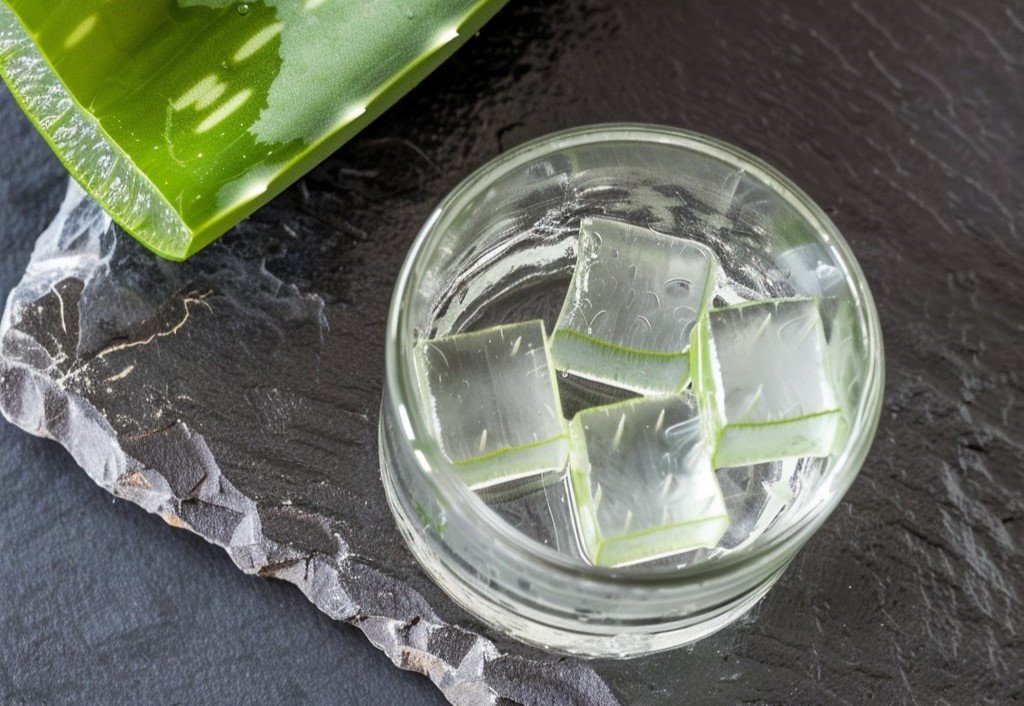
Aloe Vera: A soothing ingredient that also provides hydration. These ingredients help to increase the water content in the outermost layer of the skin, the stratum corneum, which results in a more hydrated and supple appearance.
- What is Moisturization?
Moisturization, on the other hand, involves sealing in the moisture and hydration that your skin already has. It creates a protective barrier on the skin’s surface to prevent water loss and protect the skin from environmental damage.
- How Moisturization Works
Moisturizers often contain emollients, occlusives, and sometimes additional humectants. Here’s a breakdown:

Emollients: These ingredients, such as squalane and fatty acids, fill in the gaps between skin cells, making the skin feel smoother and softer

Occlusives: Ingredients like petrolatum, beeswax, and dimethicone form a physical barrier on the skin to lock in moisture and prevent transepidermal water loss (TEWL).
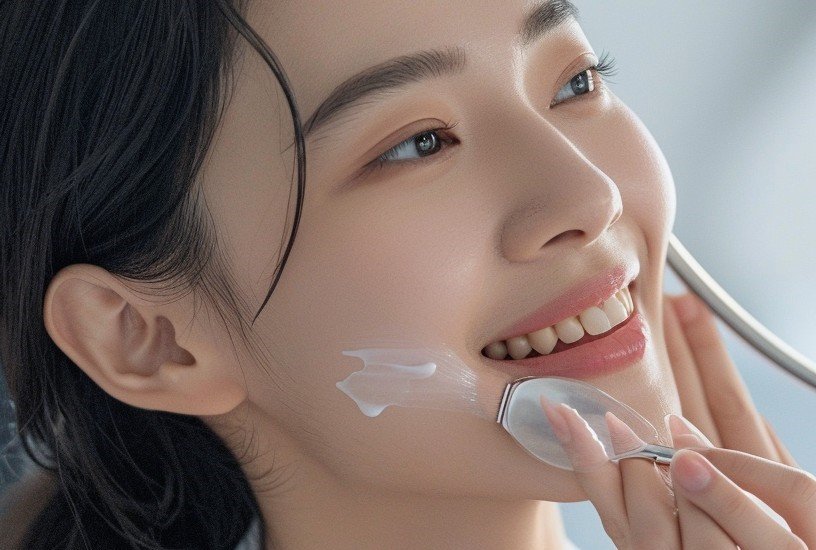
Humectants: While primarily used for hydration, humectants can also be found in moisturizers to attract moisture into the skin.
By combining these ingredients, moisturizers help to fortify the skin’s natural barrier, ensuring that the hydration stays locked in and the skin remains balanced and protected.
How to Incorporate Hydration and Moisturization into Your Routine:
To achieve balanced and healthy skin, it’s important to integrate both hydrating and moisturizing products into your skincare routine. Here’s a simple guide:

Cleanse: Start with a gentle cleanser to remove dirt, oil, and impurities without stripping the skin of its natural moisture
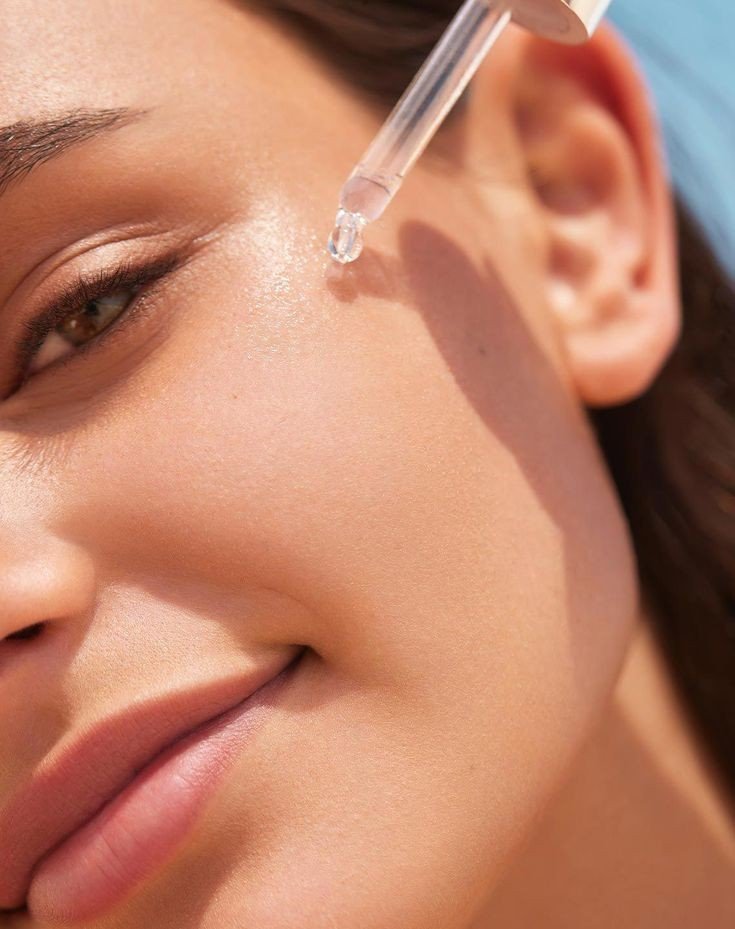
Hydrate: Apply a hydrating serum or essence that contains humectants like hyaluronic acid or glycerin. This step ensures your skin gets the necessary water it needs
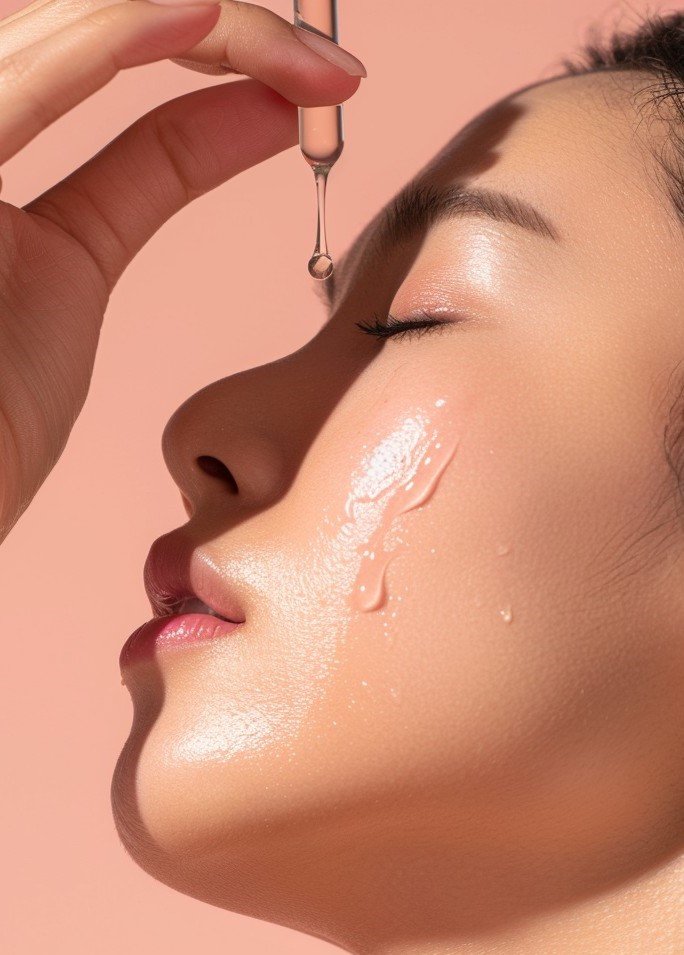

Moisturize: Follow up with a moisturizer that contains emollients and occlusives to lock in the hydration and protect your skin barrier
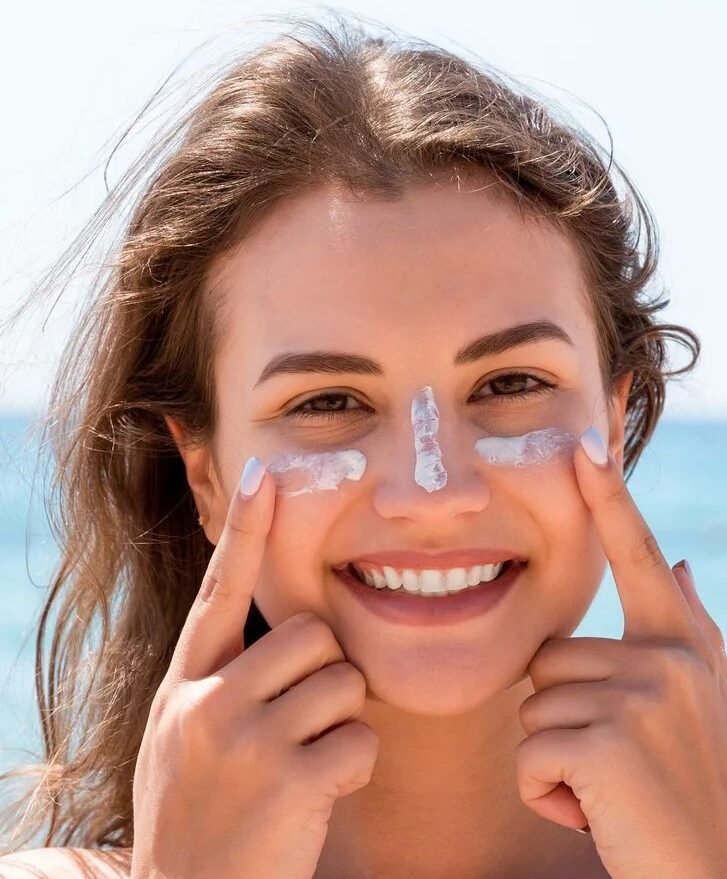
Protect: During the day, always finish with a broad-spectrum sunscreen to shield your skin from UV damage, which can exacerbate dryness and dehydration

Understanding the difference between hydration and moisturization is key to developing an effective skincare routine. While hydration focuses on replenishing water content within the skin, moisturization locks in that hydration and fortifies the skin barrier. By incorporating both elements into your daily regimen, you can achieve healthier, more radiant skin. Remember, balanced skin is happy skin!
